Home>Storage Ideas>Kitchen Storage>How To Clean A Drain And A Kitchen Sink
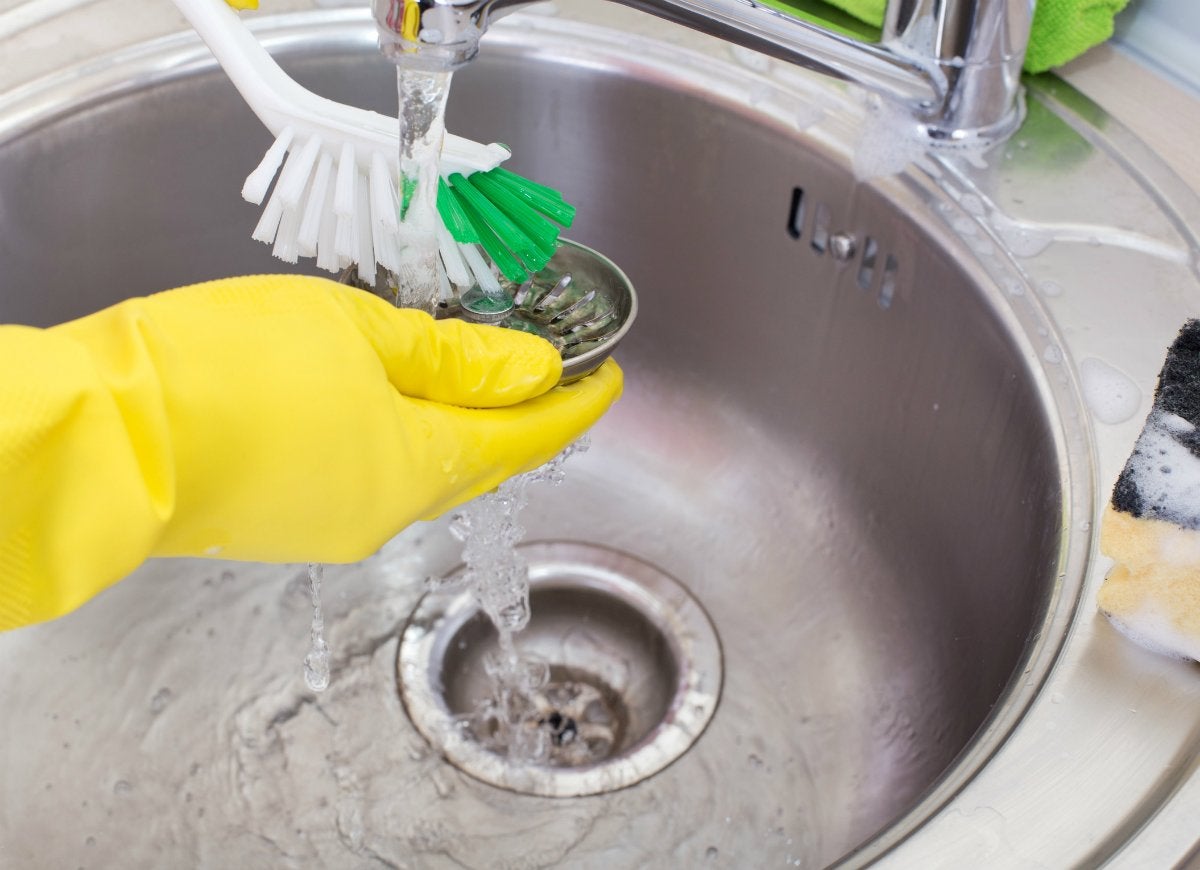

Kitchen Storage
How To Clean A Drain And A Kitchen Sink
Modified: February 28, 2024
Learn how to clean and maintain your kitchen sink and drain with these helpful kitchen storage ideas. Keep your kitchen organized and free from clogs.
(Many of the links in this article redirect to a specific reviewed product. Your purchase of these products through affiliate links helps to generate commission for Storables.com, at no extra cost. Learn more)
Introduction
Welcome to our comprehensive guide on how to clean a drain and a kitchen sink. The kitchen is often the heart of the home, and keeping it clean and functional is essential. A clogged drain and a dirty sink can be major inconveniences, causing unpleasant odors and potentially leading to more serious plumbing issues. But fear not, with our expert tips and tricks, you’ll be able to tackle these common kitchen woes and keep your sink and drain in pristine condition.
Before we dive into the cleaning process, let’s take a moment to discuss the tools and materials you’ll need:
- Plunger
- Drain snake
- Baking soda
- Vinegar
- Hot water
- Rubber gloves
- Cleaning brush or sponge
- Disinfectant or cleaning solution
Having these items on hand will make the cleaning process much smoother and more effective.
Key Takeaways:
- Say goodbye to clogged drains and dirty sinks with our expert guide. From using simple household items to advanced tools, you’ll be equipped to tackle any kitchen drainage issue effectively.
- Keep your kitchen sink and drain in top condition by following our prevention tips. With a little maintenance and care, you can minimize the risk of future clogs and enjoy a smoothly functioning kitchen.
Read more: How To Change A Sink Drain
Tools and Materials Needed
Before you begin cleaning your drain and kitchen sink, it’s important to gather the necessary tools and materials. Here’s a list of what you’ll need:
- Plunger: A plunger is an essential tool for unclogging drains. Choose a plunger with a suction cup that’s large enough to cover the drain opening.
- Drain snake: A drain snake, also known as a plumbing auger, is a flexible metal coil used to physically remove clogs in pipes. It’s a handy tool for more stubborn blockages.
- Baking soda: Baking soda is a natural cleaning agent and deodorizer. It’s effective in removing grease and grime from drains.
- Vinegar: Vinegar is another versatile cleaning agent that can help dissolve stubborn clogs and remove odors. Opt for white vinegar for best results.
- Hot water: Hot water is used to flush out the drain and remove any remaining debris or cleaning solutions.
- Rubber gloves: Rubber gloves are essential to protect your hands from bacteria and chemicals during the cleaning process.
- Cleaning brush or sponge: A cleaning brush or sponge will come in handy for cleaning the kitchen sink itself. Choose a brush with sturdy bristles to effectively remove stains and grime.
- Disinfectant or cleaning solution: A disinfectant or cleaning solution of your choice can be used to thoroughly clean and sanitize the kitchen sink.
Having these tools and materials readily available will make the cleaning process more efficient and effective. Now that you’re equipped, let’s move on to the actual cleaning methods for your drain and kitchen sink.
Removing Debris from the Drain
One of the most common reasons for a clogged drain is the accumulation of debris such as food particles, grease, and hair. Removing this debris is the first step in cleaning your drain. Here’s how to do it:
- Remove visible debris: Start by removing any visible debris from the drain using your hands or a pair of tweezers. Be cautious not to push the debris further into the pipe.
- Boiling water method: Boil a kettle of water and pour it down the drain in a slow and steady stream. The hot water will help loosen and flush away any remaining debris.
- Plunger method: If the clog persists, place the plunger over the drain and create a tight seal. Push and pull the plunger vigorously to create suction, which can dislodge the blockage. Repeat this motion several times and then pour hot water down the drain to flush out any loosened debris.
If these methods don’t completely remove the debris or if you’re still experiencing a clog, it’s time to move on to more advanced techniques such as using baking soda and vinegar or a drain snake. We’ll cover these methods in the next sections.
Remember, prevention is key when it comes to keeping your drain clean and free from debris. Avoid throwing large food scraps or grease down the drain and consider using a drain strainer to catch any smaller particles. Regularly flushing the drain with hot water can also help prevent clogs.
Now that you’ve cleared the debris from your drain, let’s move on to the next cleaning method using baking soda and vinegar.
Using Baking Soda and Vinegar
Baking soda and vinegar are two powerful natural ingredients that can help remove stubborn clogs and freshen up your drain. Here’s how to use them:
- Start with a dry drain: Make sure your drain is dry by wiping away any standing water or moisture.
- Pour baking soda down the drain: Measure about 1/2 cup of baking soda and pour it down the drain. This will help neutralize odors and break down residues.
- Pour vinegar down the drain: After the baking soda, pour about 1/2 cup of vinegar down the drain. The reaction between the baking soda and vinegar will create a fizzy foam that will help break down the clog.
- Cover and wait: Quickly cover the drain with a drain plug or a cloth to trap the foam inside the drain. Let the baking soda and vinegar mixture sit for about 30 minutes to an hour. This allows the foam to work its magic and break down the clog.
- Flush with hot water: Remove the drain cover and flush the drain with hot water. The hot water will help clear out any remaining debris and flush away the mixture.
This method is generally effective for minor clogs and as a routine maintenance measure to keep your drain clean and odor-free. However, for more stubborn or persistent clogs, you may need to use a drain snake or seek professional help.
It’s important to note that while baking soda and vinegar can be effective cleaners, they may not work for every type of clog or pipe material. Exercise caution and avoid using this method if you have recently used commercial drain cleaners containing harsh chemicals.
Now that you’ve learned how to use baking soda and vinegar to clean your drain, let’s move on to the next method: using a plunger.
Using a Plunger
A plunger is a handy tool for unclogging drains and can often dislodge stubborn clogs that other methods may not be able to remove. Follow these steps to effectively use a plunger:
- Create a seal: Ensure that there is enough water in the sink or basin to cover the bottom of the plunger. Place the plunger over the drain and press it firmly down to create a tight seal.
- Apply pressure: Using quick, vigorous thrusts, push and pull the plunger up and down to create suction. Be sure to maintain the seal to maximize the effectiveness of the plunger.
- Repeat the process: Continue plunging for about 20-30 seconds, then quickly pull the plunger up to break the seal. If necessary, repeat the process several times until the clog is dislodged.
- Flush with hot water: Once the clog is cleared, remove the plunger and flush the drain with hot water to wash away any remaining debris.
It’s important to note that using a plunger may not be suitable for all types of clogs. It is generally more effective for clogs caused by organic matter, such as food particles or hair. For more severe or persistent clogs, it’s advisable to use a drain snake or seek professional help.
To prevent future clogs, be mindful of what you put down the drain. Avoid disposing of large food scraps, grease, or fibrous materials that can easily cause blockages. Regularly plunging the drain as part of your maintenance routine can also help keep your drain clear and functioning properly.
Now that you know how to effectively use a plunger, let’s explore the next method: using a drain snake.
To clean a drain and kitchen sink, pour a mixture of hot water and vinegar down the drain, followed by baking soda. Let it sit for 10 minutes, then flush with hot water. Repeat monthly to prevent clogs.
Using a Drain Snake
If you’re dealing with a stubborn clog that cannot be cleared with a plunger or other methods, a drain snake, also known as a plumbing auger, can come to the rescue. Here’s how to use a drain snake:
- Insert the snake: Extend the drain snake fully and insert it into the drain opening. Keep pushing the snake further until you feel resistance. This indicates that you’ve reached the clog.
- Rotate the snake: Once the snake is inserted, rotate it clockwise or counterclockwise to break up the clog. Apply gentle force to help loosen and dislodge the blockage. Avoid using excessive force, as it could damage the pipes.
- Retract the snake: Slowly retract the snake, keeping a firm grip to ensure the clog is pulled out along with it. Be prepared to encounter debris or residue as you remove the snake.
- Flush with hot water: After removing the snake, flush the drain with hot water to rinse away any remaining debris and ensure the clog is completely cleared.
Using a drain snake can be an effective solution for more stubborn clogs, especially those caused by solid materials or heavier accumulations. It allows you to physically break up and remove the blockage, resulting in improved drainage.
Keep in mind that using a drain snake requires caution and proper technique. If you’re unsure or uncomfortable using a drain snake, it’s best to seek professional assistance to avoid causing further damage to your pipes.
Now that you know how to use a drain snake, let’s move on to cleaning the kitchen sink itself.
Cleaning the Kitchen Sink
Now that you’ve tackled the drain, it’s time to give your kitchen sink a thorough cleaning. Here’s how to do it:
- Clear the sink: Remove any dishes, utensils, or debris from the sink to create a clean workspace.
- Rinse with warm water: Use warm water to rinse away any loose crumbs or residues from the sink.
- Apply cleaning solution: Depending on the material of your sink, choose an appropriate cleaning solution. For stainless steel sinks, you can use a mixture of mild dish soap and warm water. For porcelain or composite sinks, opt for a non-abrasive cleaner.
- Scrub the sink: Use a cleaning brush or sponge to scrub the sink, paying extra attention to any stains or greasy areas. Be sure to clean around the edges and corners as well.
- Rinse thoroughly: Rinse the sink with warm water to remove the cleaning solution and any remaining dirt or grime.
- Dry and shine: Wipe the sink dry with a clean towel or cloth to prevent water spots or mineral deposits. For extra shine, you can apply a small amount of baby oil or a stainless steel polish.
It’s important to regularly clean your kitchen sink to maintain its appearance and hygiene. By following these steps, you’ll keep your sink looking spotless and free from bacteria.
Additionally, don’t forget about the faucet and handles. Use a damp cloth or sponge to clean these areas, removing any dirt or water spots that may have accumulated.
Now that your kitchen sink is squeaky clean, let’s move on to some prevention tips to help avoid future clogs.
Prevention Tips for Future Clogs
Preventing clogs in your kitchen sink is key to maintaining a smooth and functional drainage system. Here are some helpful tips to minimize the risk of future clogs:
- Dispose of food scraps properly: Avoid putting large food scraps down the drain. Dispose of them in the trash or compost them instead.
- Use a drain strainer: Install a drain strainer or mesh screen to catch small food particles and debris. Empty and clean the strainer regularly.
- Don’t pour grease down the drain: Grease solidifies when it cools, leading to clogs. Dispose of cooking grease in a separate container and throw it in the trash.
- Flush the drain regularly: Pour hot water down the drain once a week to help flush away any built-up residue and keep the pipes clear.
- Avoid chemical drain cleaners: Commercial drain cleaners can be harsh on your pipes and the environment. Opt for natural cleaning methods whenever possible.
- Be cautious with fibrous materials: Avoid putting fibrous materials like coffee grounds, eggshells, and vegetable peels down the drain, as they can easily cause clogs.
- Regular maintenance: Perform routine maintenance tasks, such as using baking soda and vinegar or a drain snake, to prevent the buildup of odors, bacteria, and clogs.
By adopting these prevention tips and practicing good kitchen habits, you can significantly reduce the chances of experiencing a clogged kitchen sink. Remember that a little maintenance and care go a long way in keeping your drain and sink in excellent condition.
Now that you’re armed with knowledge to prevent future clogs, it’s time to wrap up our guide.
Conclusion
Cleaning a drain and a kitchen sink may seem like a daunting task, but with the right tools and techniques, it can be easily accomplished. By following the steps outlined in this guide, you’ll be able to tackle clogs, remove debris, and keep your kitchen sink sparkling clean.
Remember to gather the necessary tools, such as a plunger, drain snake, baking soda, vinegar, and cleaning materials, before you begin. Take the time to remove debris from the drain and consider using baking soda and vinegar or a plunger to effectively clear clogs. For more stubborn clogs, a drain snake can provide the necessary power to dislodge blockages.
In addition to maintaining a clean drain, don’t forget to regularly clean the kitchen sink itself. Wipe away debris, apply a suitable cleaning solution, scrub thoroughly, and dry the sink to prevent water spots and maintain its appearance.
Lastly, adopting preventive measures is crucial to avoiding future clogs. Dispose of food scraps properly, use a drain strainer, and avoid pouring grease down the drain. Regularly flush the drain with hot water and perform routine maintenance to keep everything running smoothly.
We hope this comprehensive guide has empowered you with the knowledge and confidence to tackle drain and kitchen sink cleaning effectively. By implementing these tips and techniques, you’ll enjoy a clean and functional kitchen for years to come.
So roll up your sleeves, gather your tools, and let’s keep those drains and kitchen sinks squeaky clean!
Frequently Asked Questions about How To Clean A Drain And A Kitchen Sink
Was this page helpful?
At Storables.com, we guarantee accurate and reliable information. Our content, validated by Expert Board Contributors, is crafted following stringent Editorial Policies. We're committed to providing you with well-researched, expert-backed insights for all your informational needs.
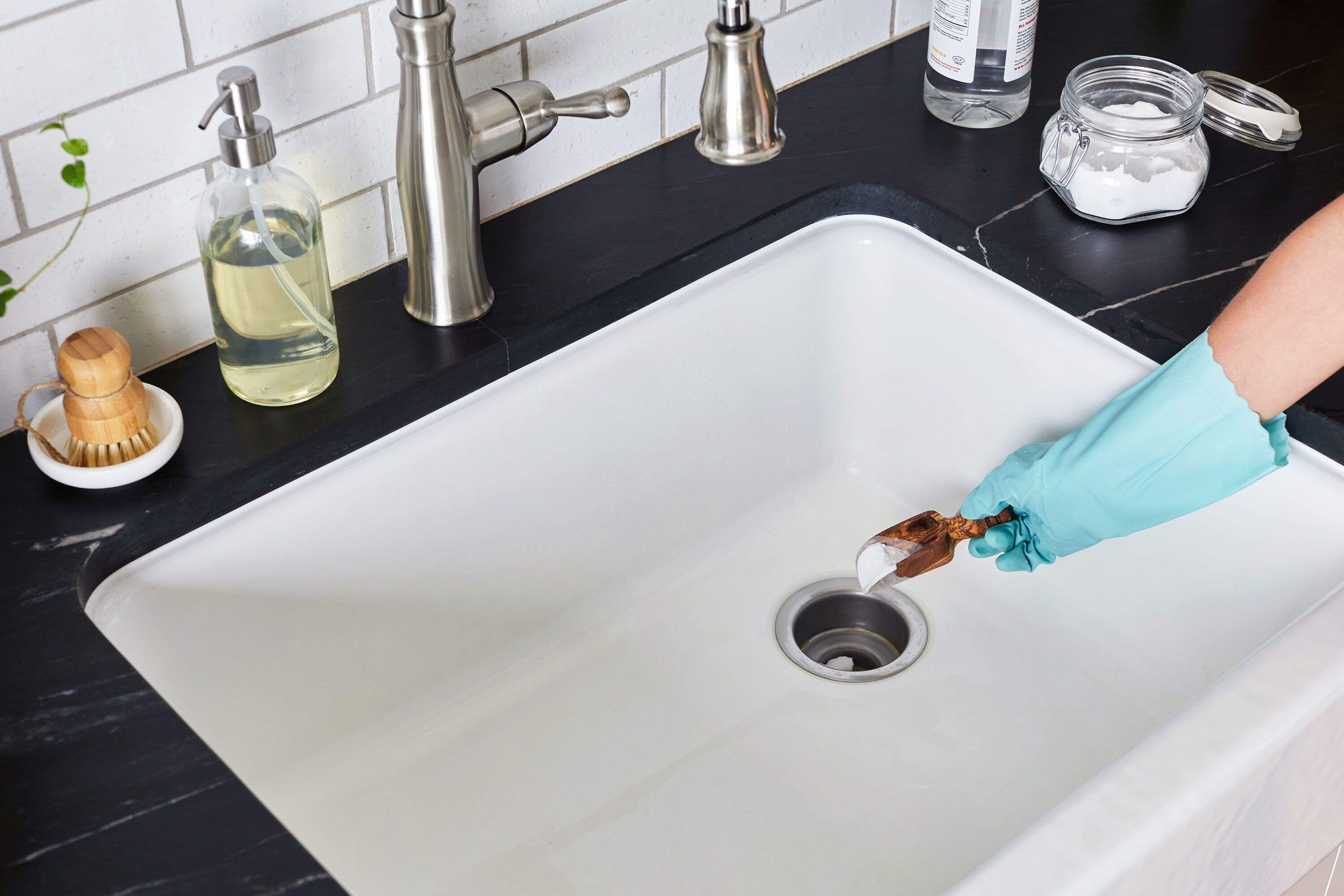
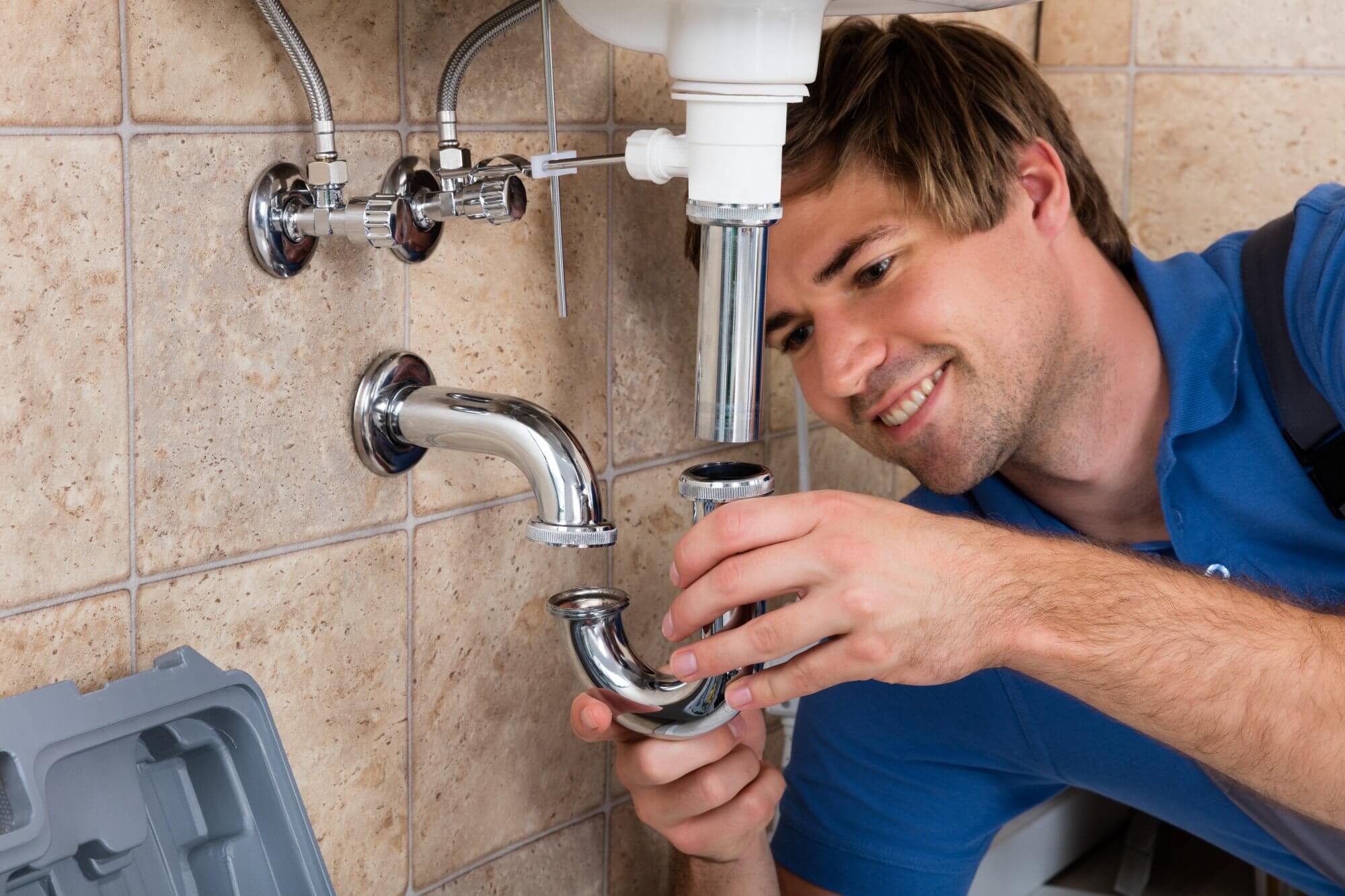
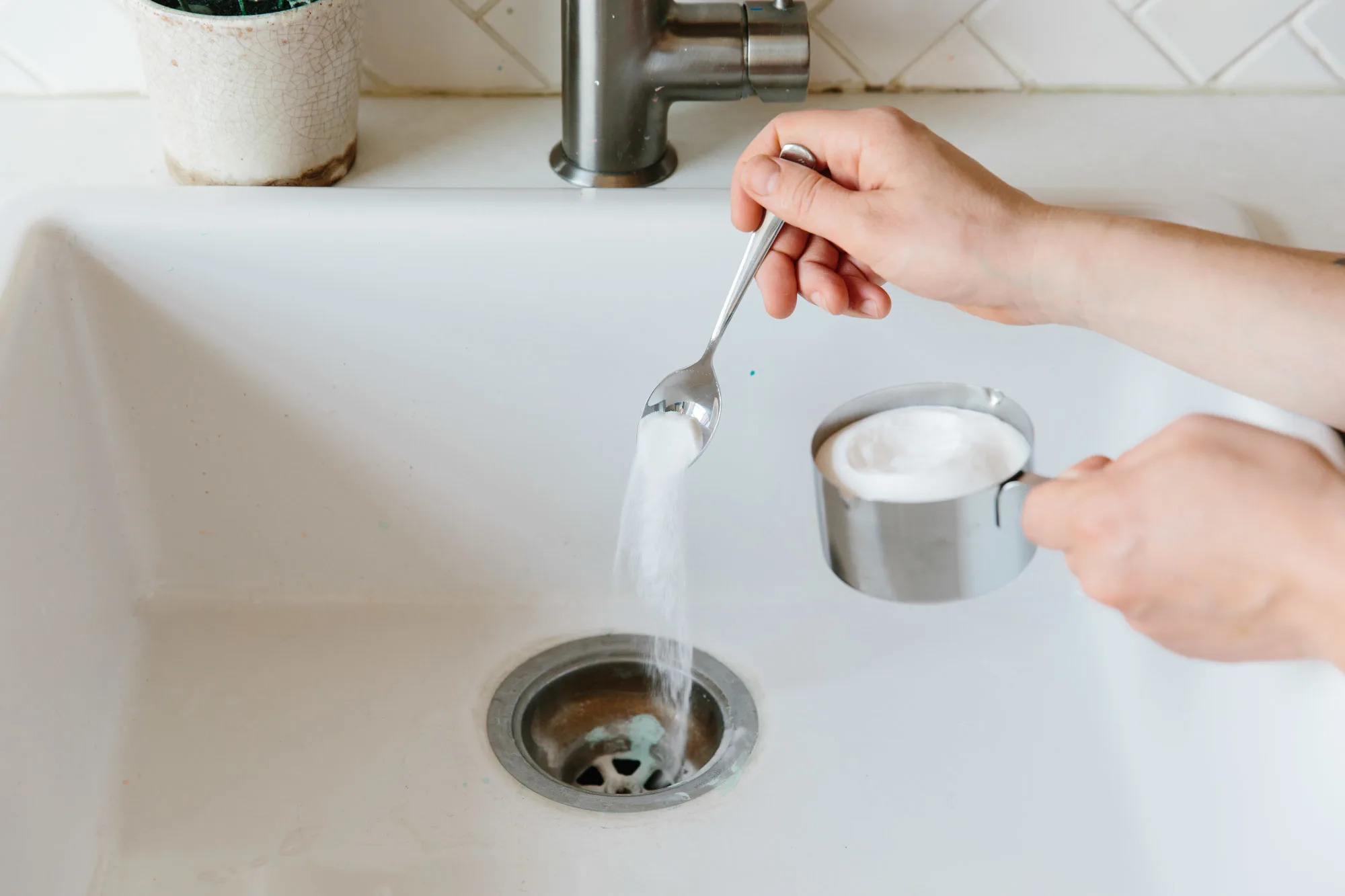
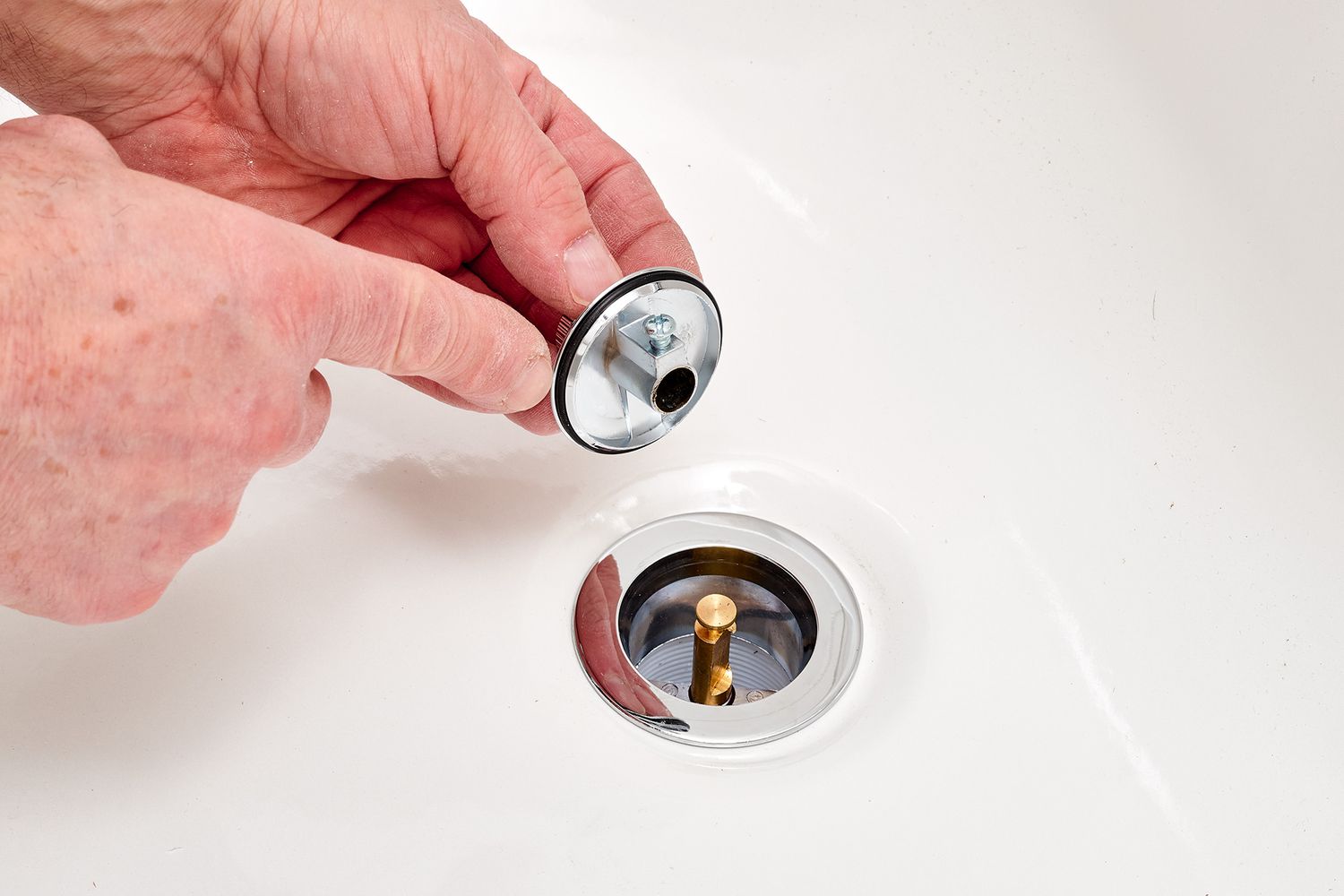
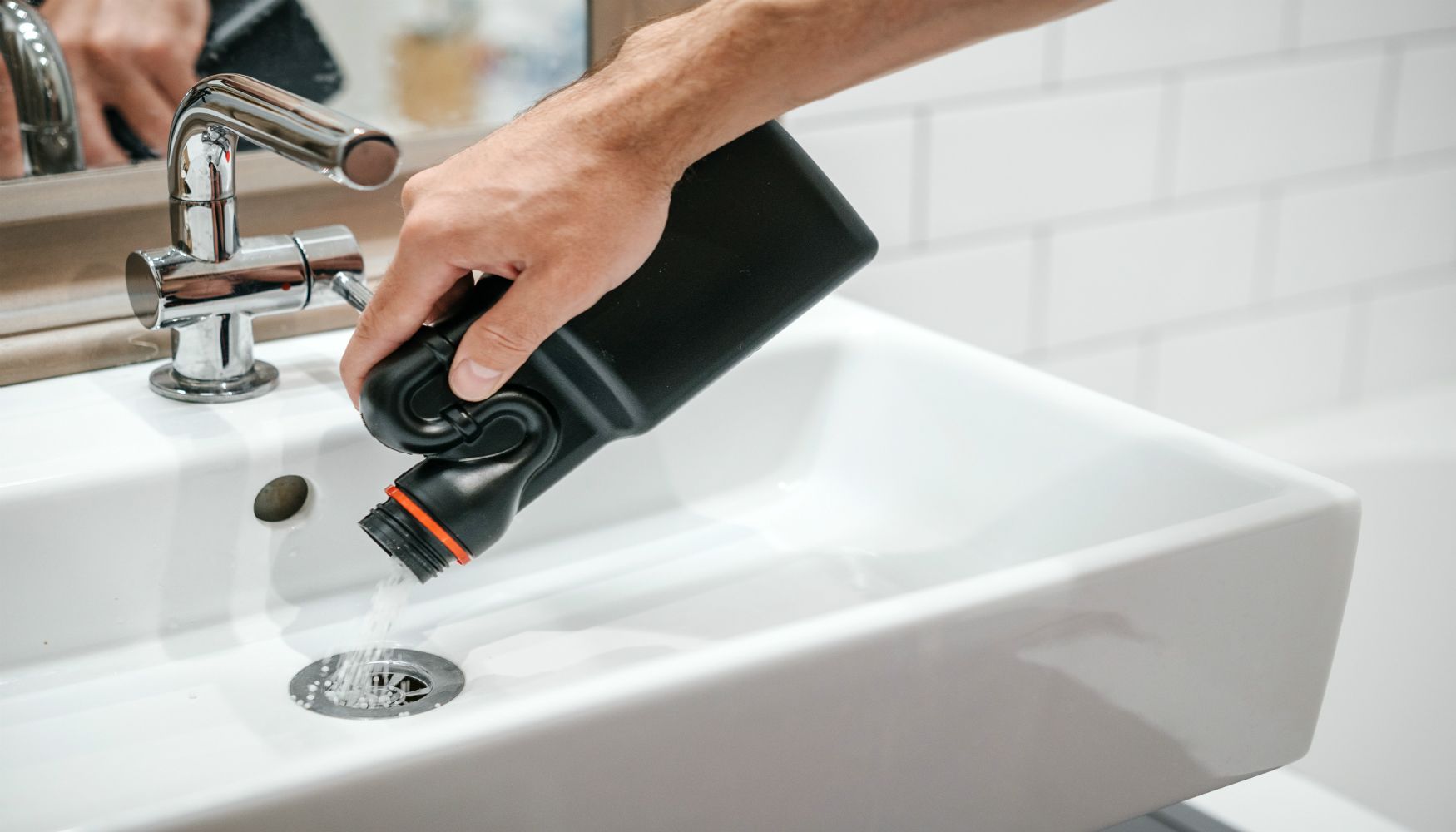
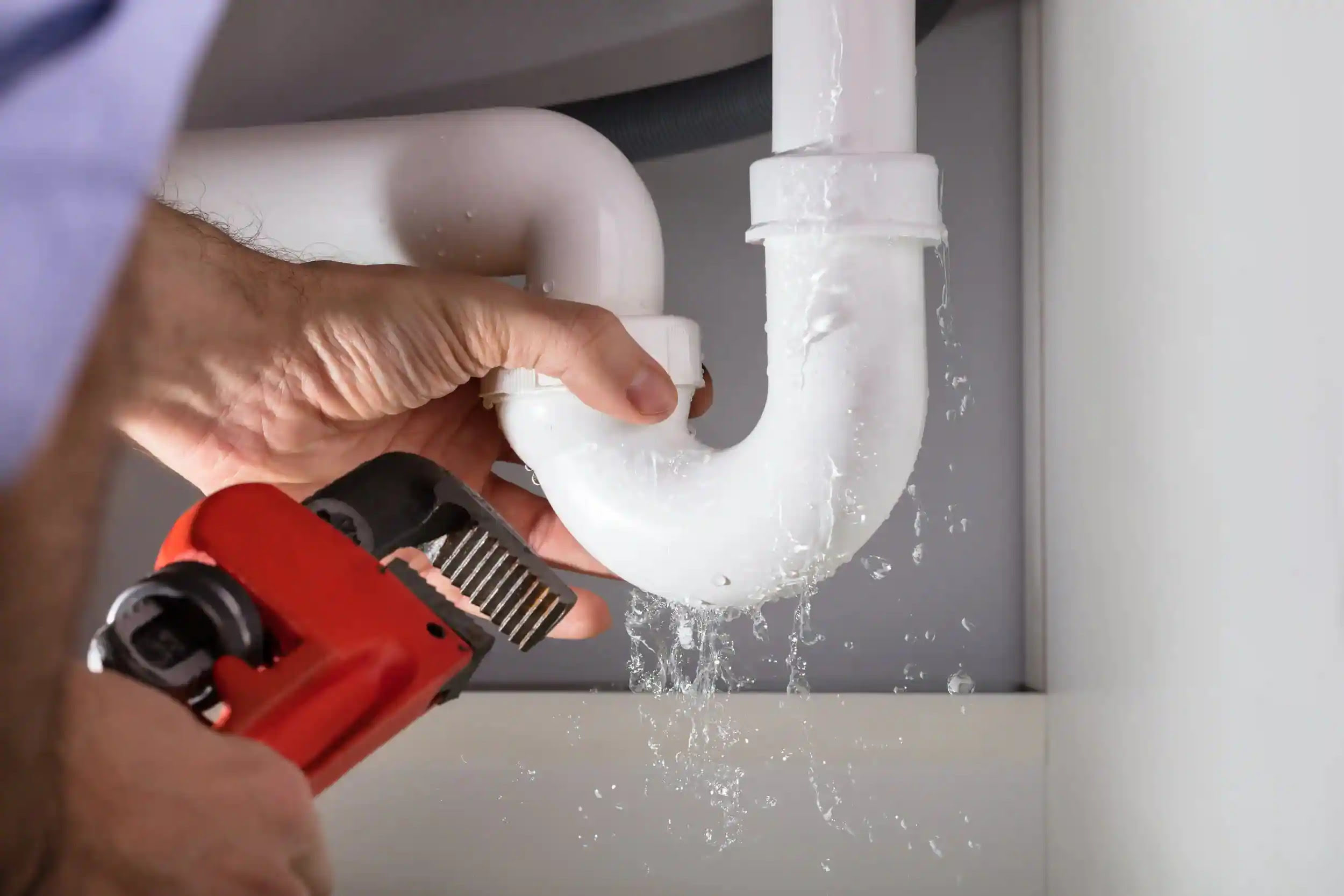
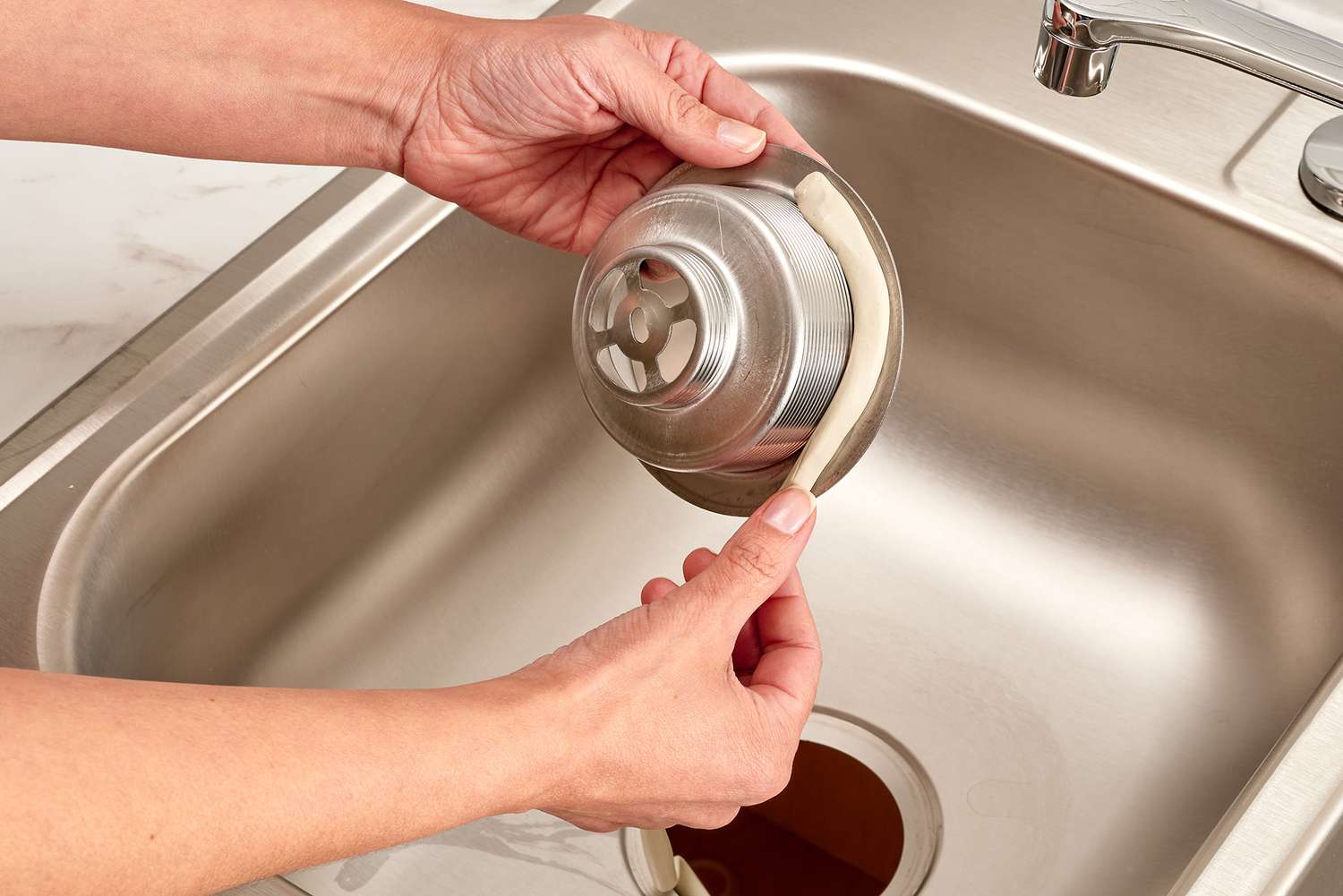
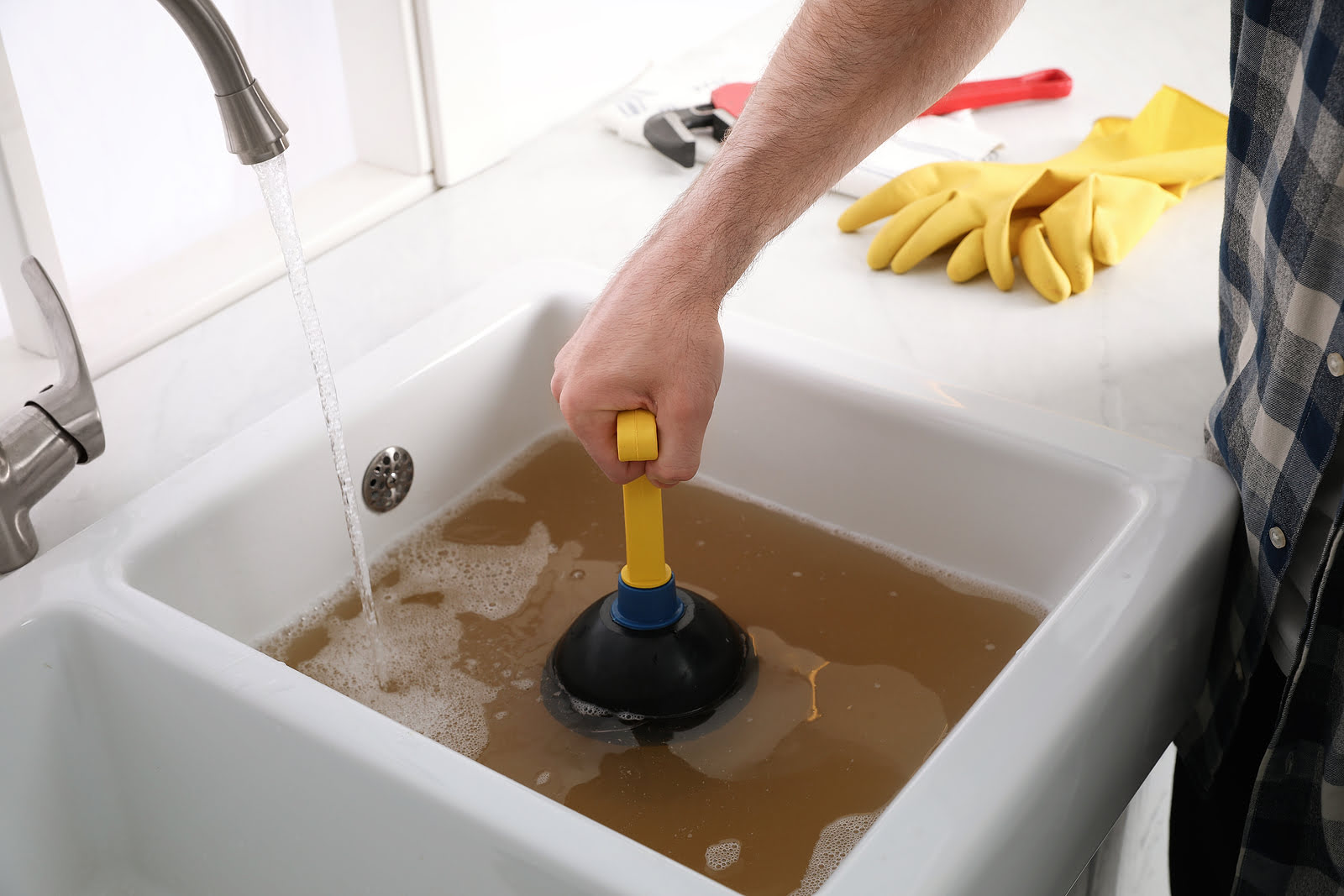
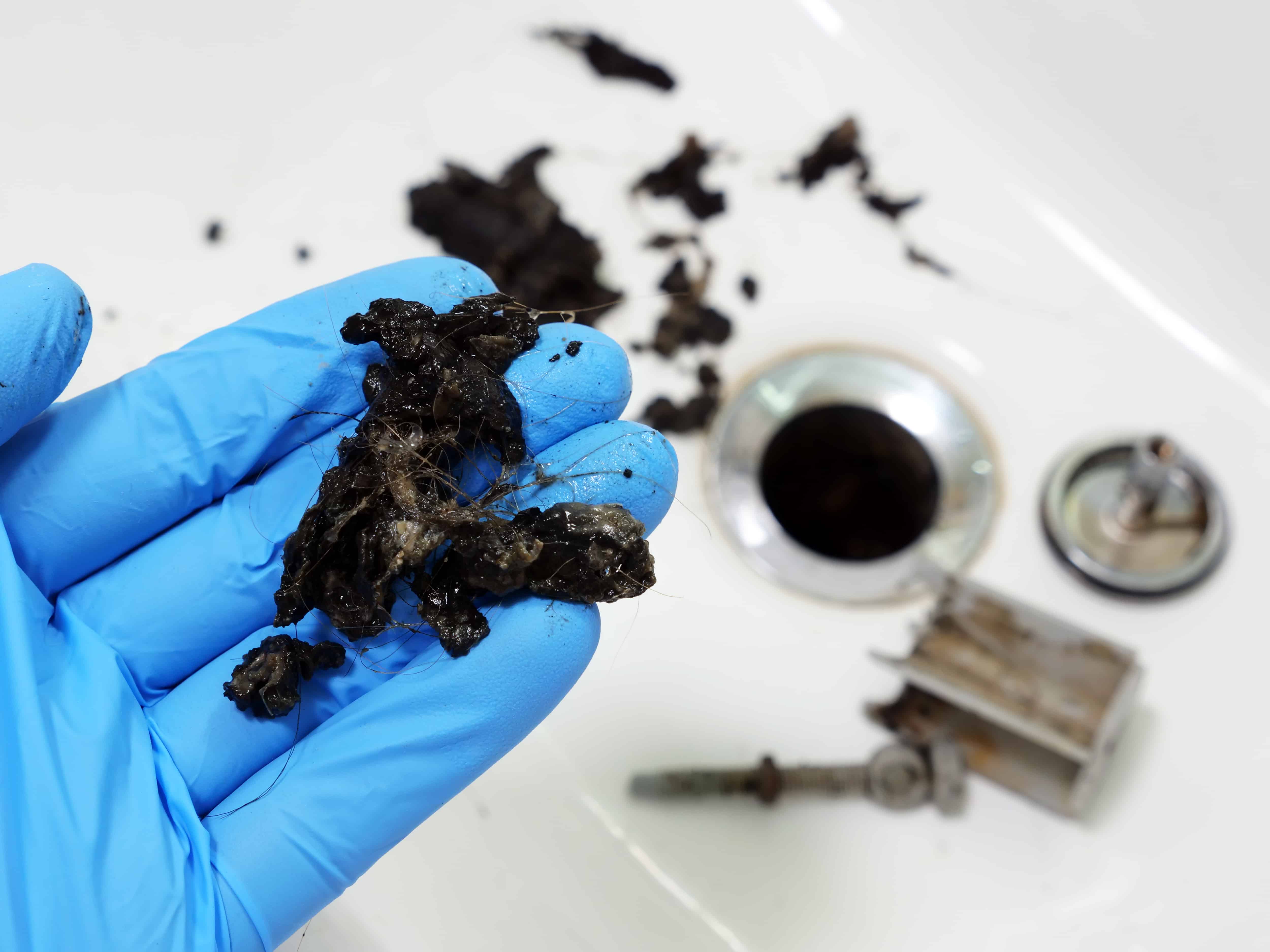
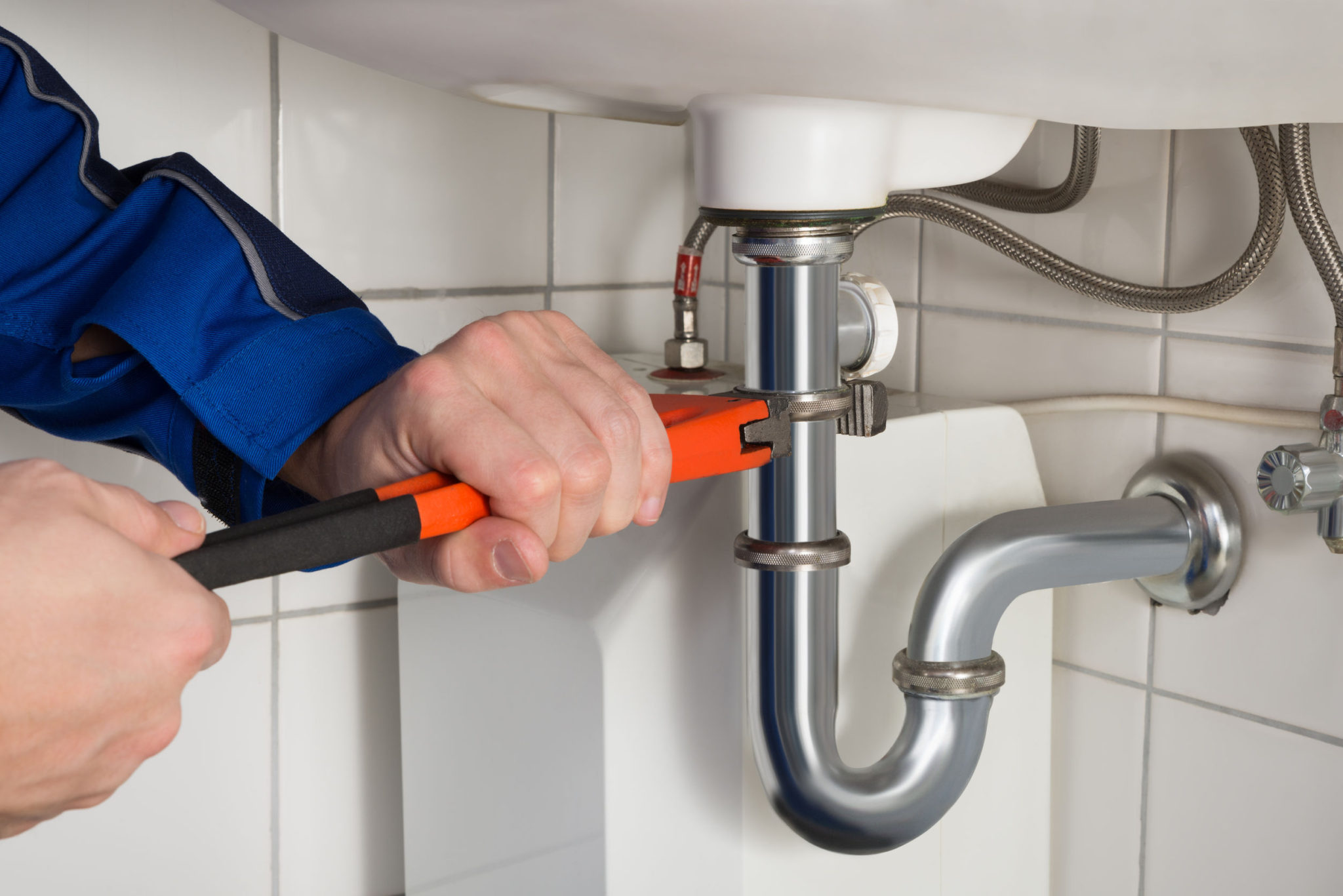
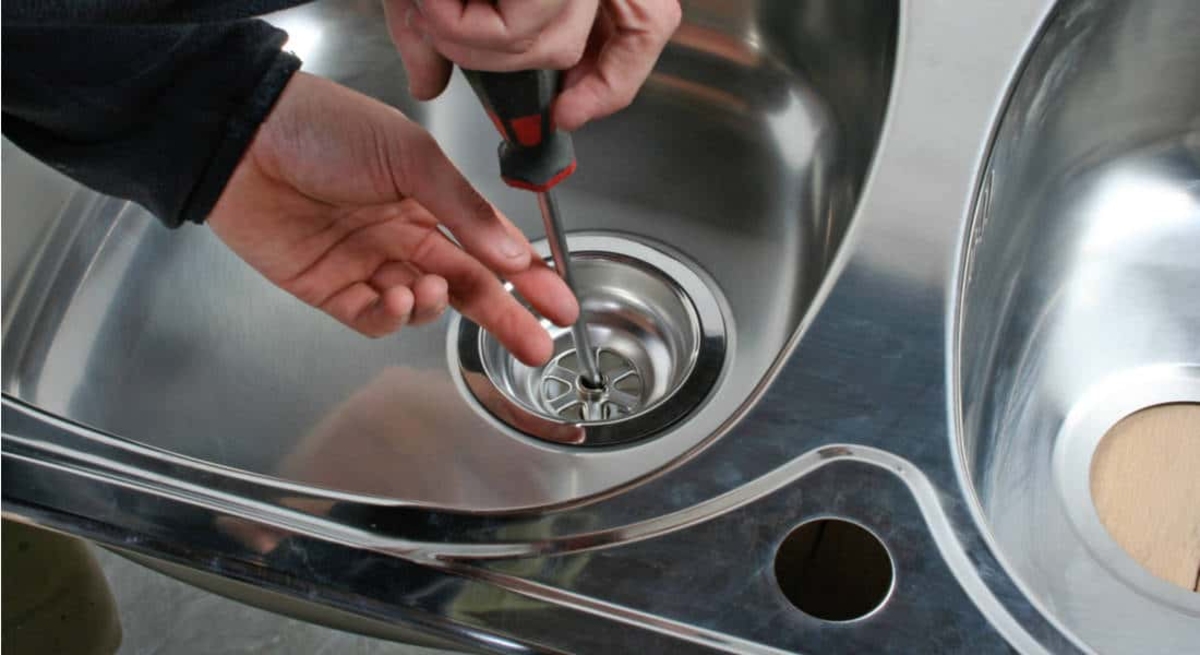
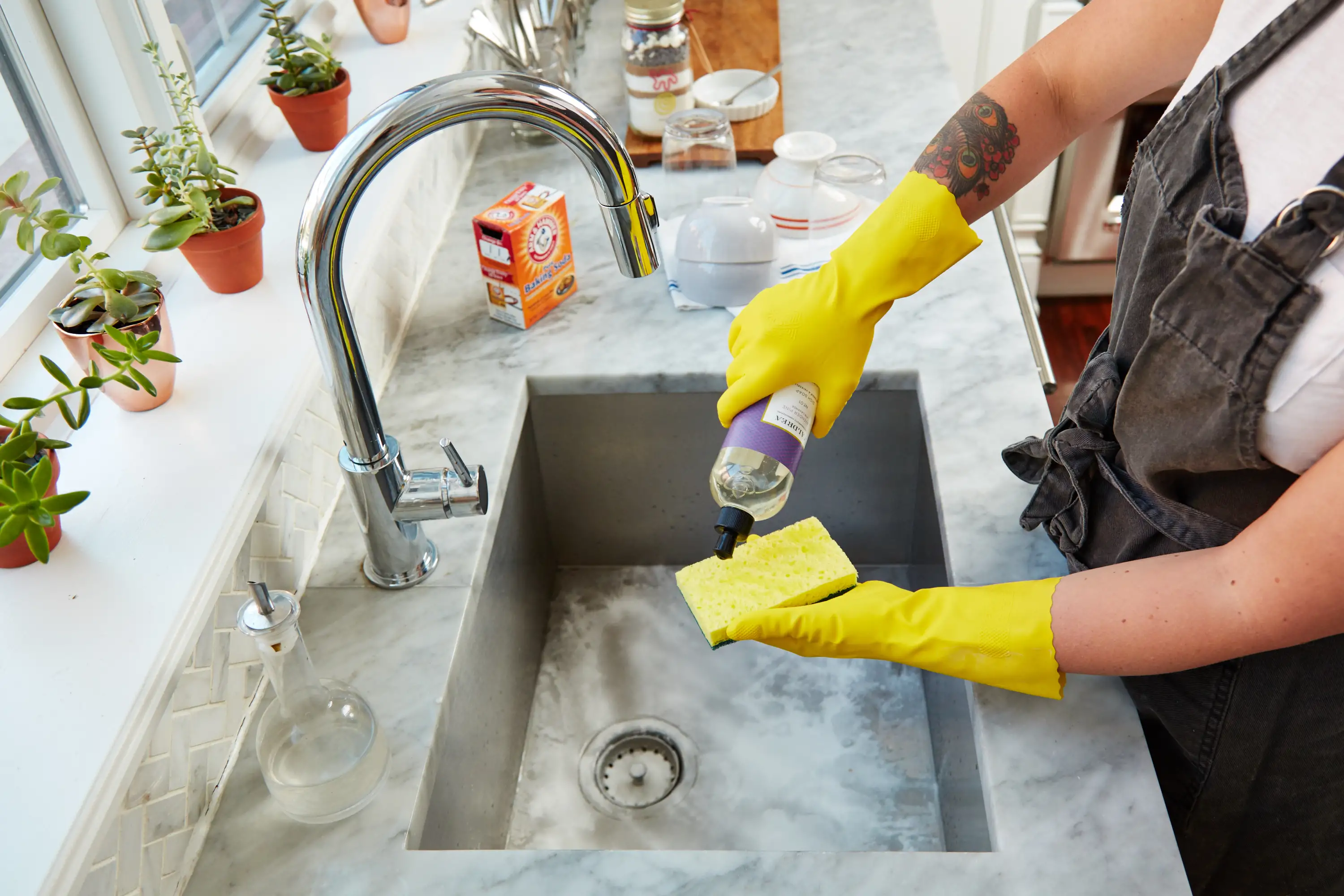
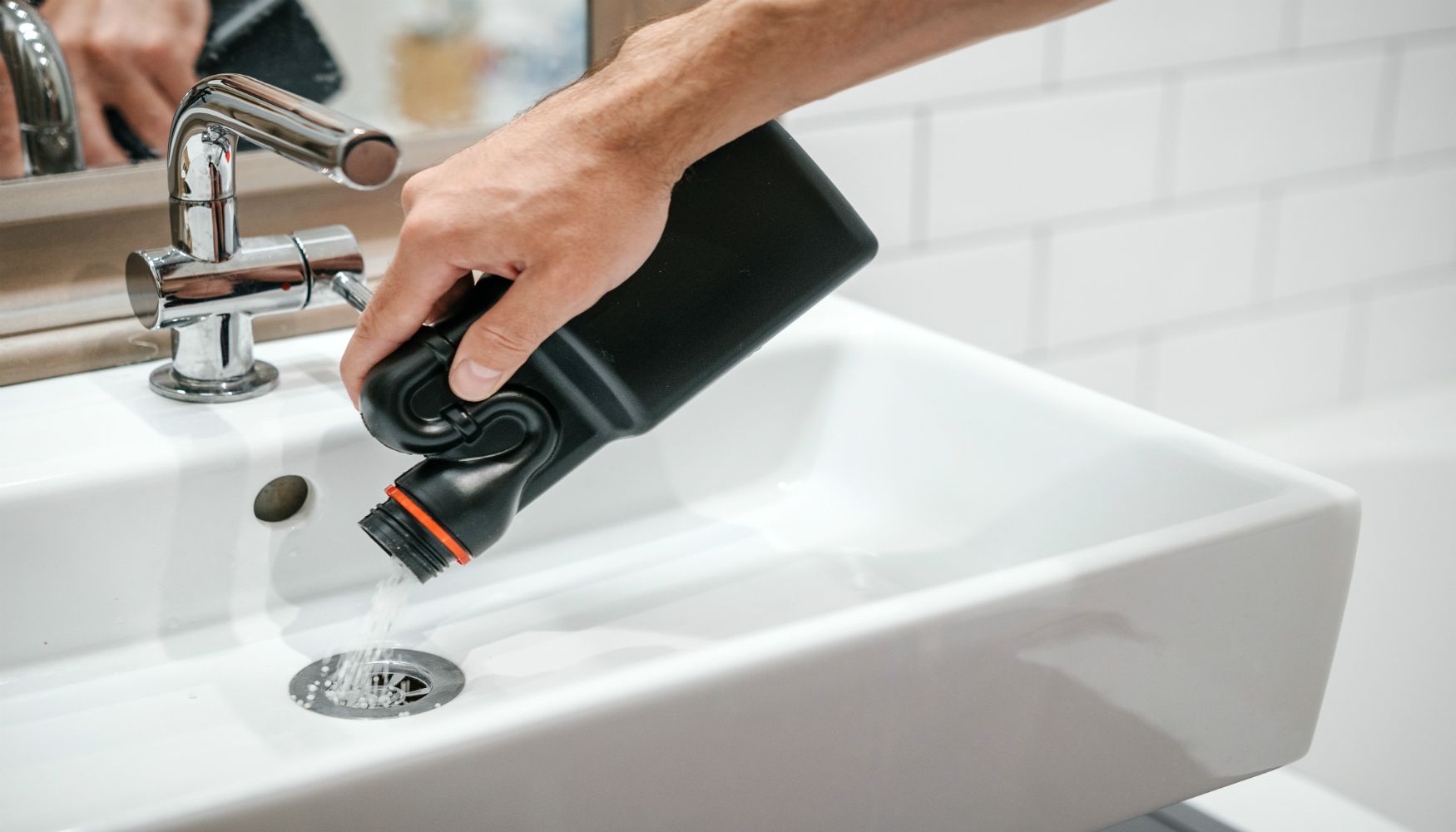
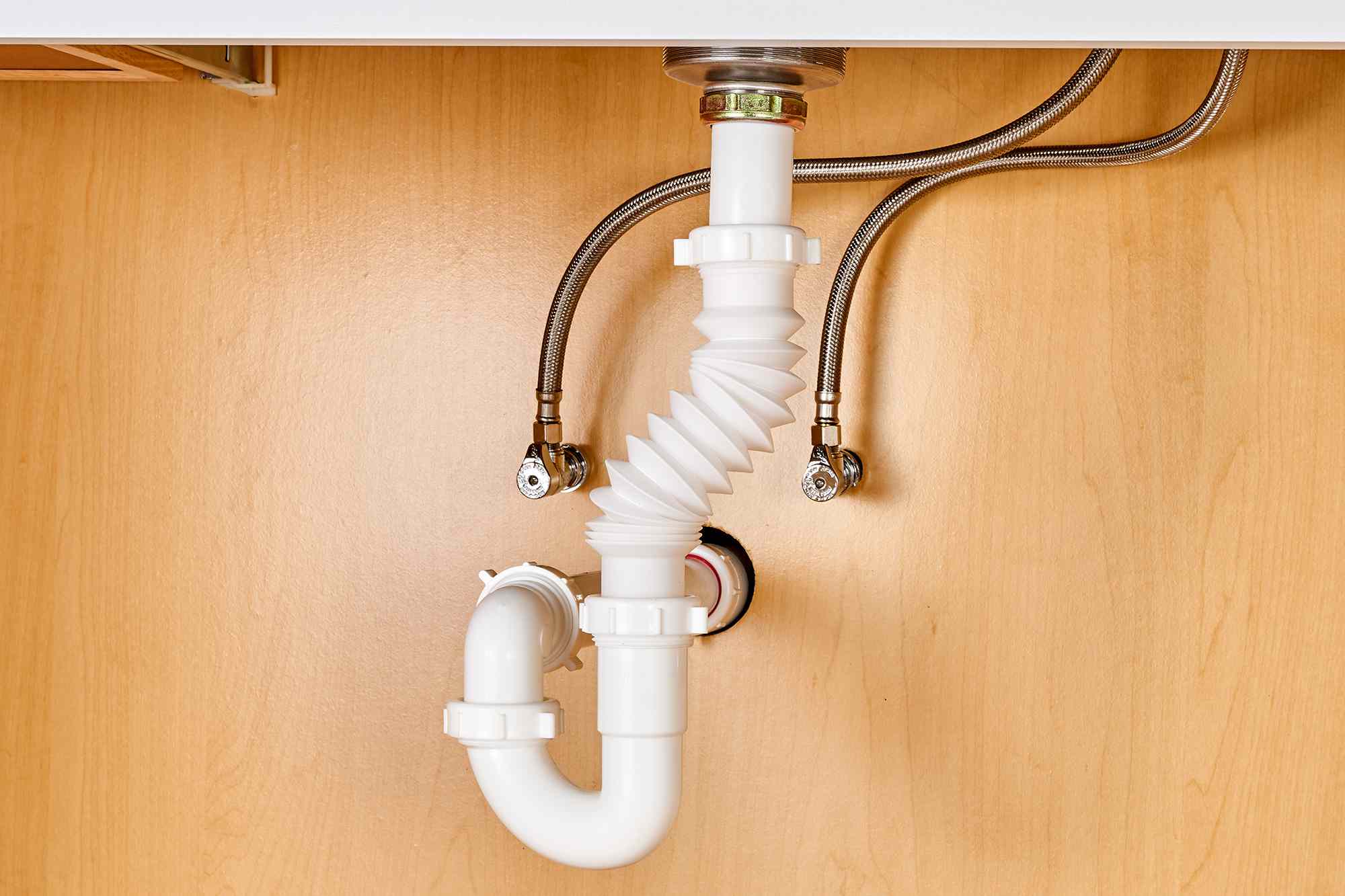

0 thoughts on “How To Clean A Drain And A Kitchen Sink”